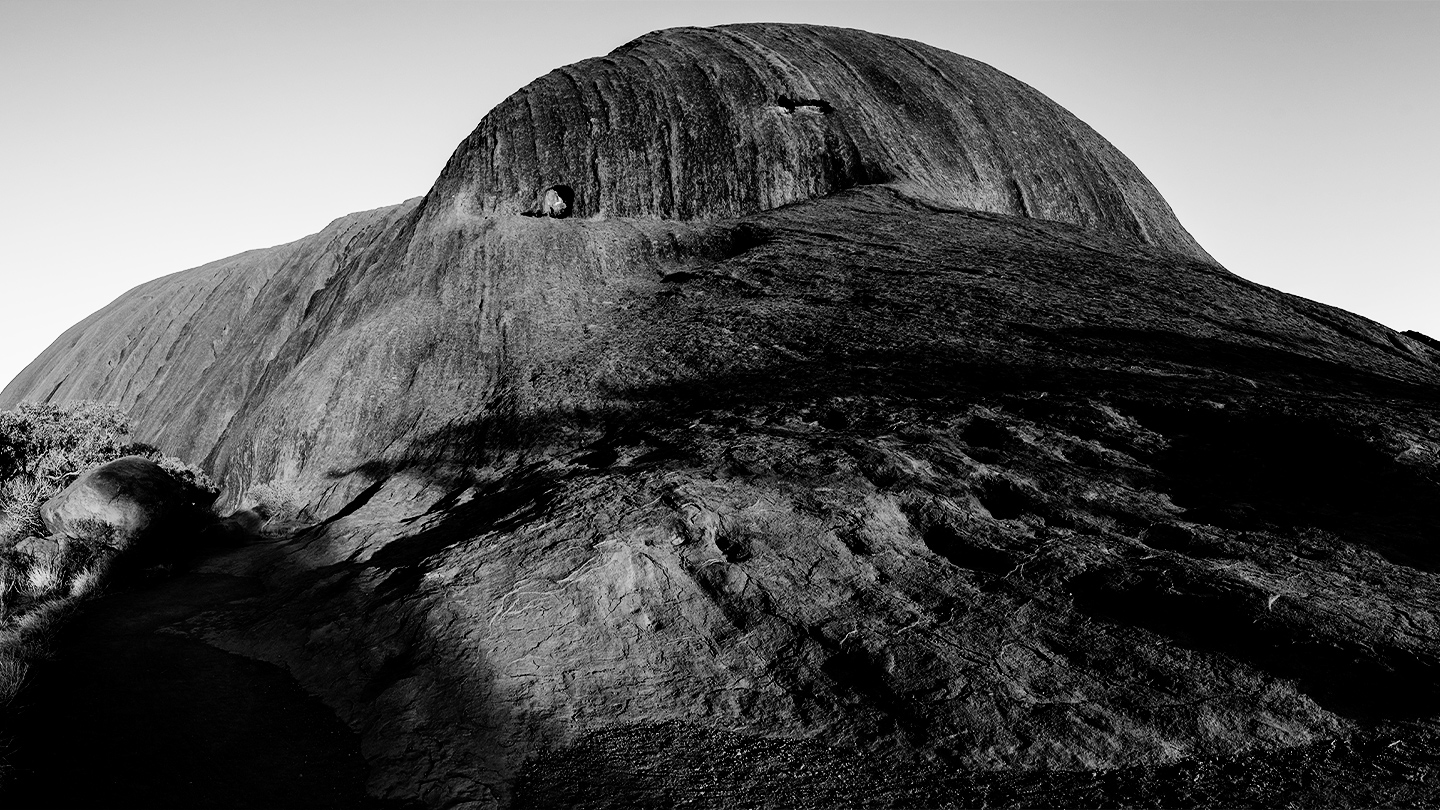Fire management 1788-present
Fire management laws have imposed restrictions on the use of fire and failed to recognise cultural burning practices. Over the last decade, law and policy has begun to recognise the role of Aboriginal cultural knowledge in fire management laws and policies.
Aboriginal people’s use of fire in eastern Australia was documented as early as 1770 in the journals and historical manuscripts of Sir Joseph Banks () and continued to be referred to after colonisation began. From the 1960s, academics began to discuss and debate this use of fire, and the role it played in land management, beginning with the ‘fire stick farming’ hypothesis (, , , ).
As early as 1866, laws were made to regulate the use of fires. These laws did not recognise Aboriginal people and their use of fire.
The Careless Use of Fire Prevention Act 1866 (NSW) () was the first fire-specific law in NSW. It was designed to ensure that the lighting of fires did not result in the destruction of property or agriculture, and imposed penalties on those found guilty of careless use which included igniting, using flammable material and failing to extinguish a fire. This approach continued in the subsequent Careless Use of Fire Act 1901 (NSW) () and Careless Use of Fire Act 1912 (NSW) ().
The Bushfires Act 1949 (NSW) () introduced a permit system for land clearing with fire, without recognising Aboriginal fire practices.
Over the last decade, laws and policies have begun to recognise the role of Aboriginal cultural knowledge in fire management.
In 2015, a cultural burn was carried out in the Minyumai Indigenous Protected Area which involved collaboration between the Firesticks Alliance (which had formed around this time) and the Rural Fire Service ().
In 2016, the National Parks & Wildlife Service (NPWS) Cultural Fire Management Policy explicitly recognised Aboriginal cultural knowledge in fire management and provided a process for cultural burning on NPWS managed lands. The Policy’s objectives included to ‘support the practice, promotion and renewal of culture, through use of fire’ and to facilitate cultural burns on NPWS managed lands (, see also ).
In 2018, the NSW Rural Fire Service’s ‘Aboriginal Community Engagement Strategy’ aimed to ‘reduce the risk of fire and other emergencies on Aboriginal communities… in partnership with Aboriginal people’ and included an initiative of ‘supporting the growth of cultural fire knowledge’ ().
There were also increasing examples of Aboriginal cultural burning or involvement in fire management captured in academic literature and the media (, , , , , ).
The 2019-2020 bushfire season, followed by the Royal Commission and NSW Bushfire Inquiry in 2020, underscored the critical role of cultural knowledge in shaping fire management practices at both federal and state government levels (, ). For example, one of the Bushfire Inquiry’s recommendations was for governments to commit to greater application of Aboriginal land management, including cultural burning, through a program coordinated by government in partnership with Aboriginal communities ().
In response, the Bushfires Legislation Amendment Act 2020 (NSW) expanded the membership of the Bushfires Co-ordinating Committee to include members to represent Aboriginal people, including someone nominated by the Minister to promote the integrity of cultural burning (). The Bushfires Co-ordinating Committee is responsible for planning and advising the government in relation to bushfire prevention.
Despite these recent developments, an academic states ‘…the lack of detail, meaningful targets, accountability, and meagre resourcing provided to implement these policies suggests a façade of Aboriginal engagement. It is clear that NSW Government agencies across the board need to do more to create opportunities for cultural land management programs, including addressing their own structures and processes that continue to discriminate against Aboriginal people and Aboriginal ways of managing lands’ ().
See the Discussion and Analysis and Case Study documents for more commentary on relevant laws and policies as well as documents considering the importance and benefits of cultural burning (, , , ).
The law and policy in this subject is accurate as of 1 July 2022.
